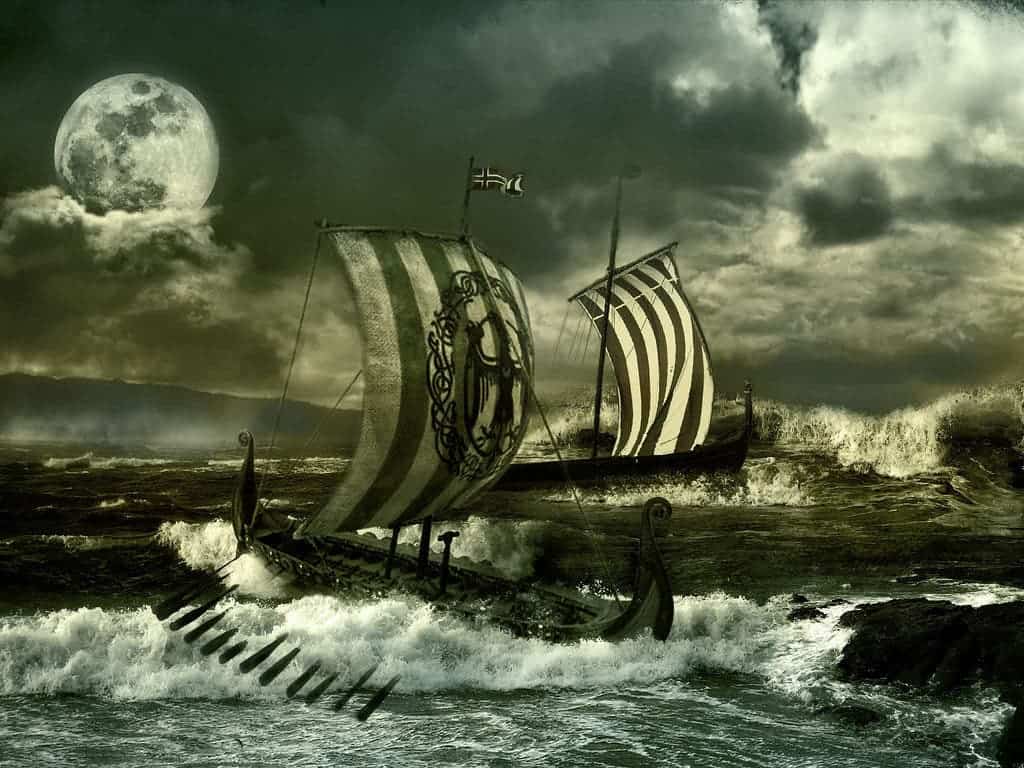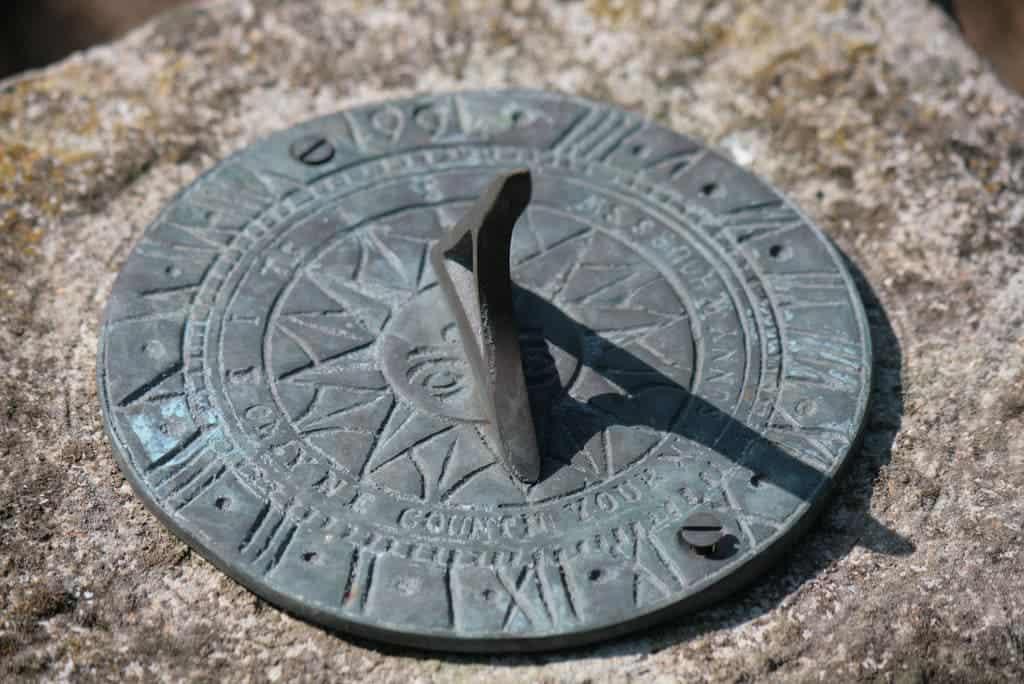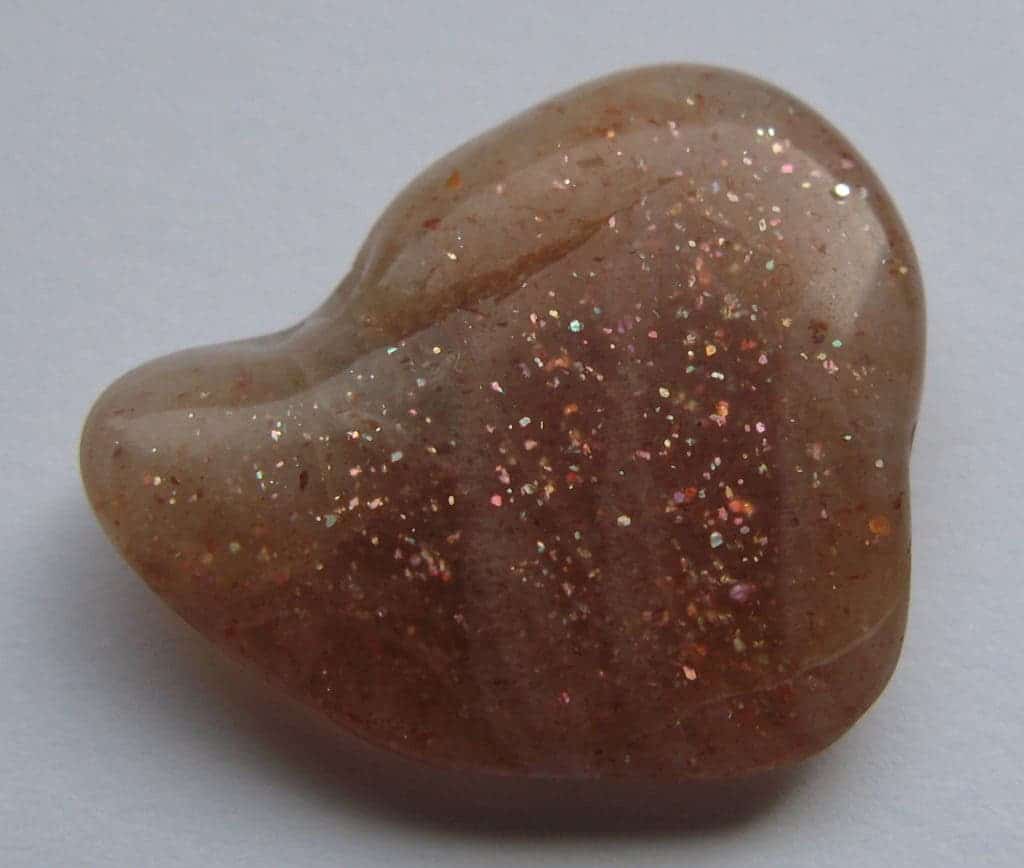It almost sounds mystical and surreal, but there’s a very solid study behind this idea. Researchers showed that skilled navigators could use sunstone crystals to navigate through stormy weather.
Vikings, crystals, and science
Vikings have fascinated our imagination for centuries, and they will certainly continue to amaze us for many years to come. Departing from a harsh, unfertile land, they sailed the North Atlantic, holding much of Northern and Eastern Europe under their command. There are many traits that enabled the Vikings to become conquering beasts that terrorized a continent, but it was mainly due to their incredible skill at sailing.
Before the days of Google Maps, and even before the days of accurate maps, Vikings roamed the seas. They built strong, sturdy ships, and navigated them with unrivaled skill. Previous research has indicated that Vikings used a type of sundial — a ring-like structure with a central dial — to help them find the geographic north based on the time of day. All’s good so far, but what do you do when there’s no sun?
In 1967, Danish archaeologist Thorkild Ramskou came up with an interesting idea: what if, as a backup, Vikings used sunstone crystals to help them navigate?
Well, as crazy as that might seem, a new study found that the theory is completely plausible — it is possible to navigate using sunstones, not through some form of divination, but by taking advantage of their optic properties.
A science magic trick
Sunstones are essentially a type of plagioclase feldspar that exhibit a spangled appearance — they have a metallic glitter, from the tiny, preferentially oriented mineral platelets within the material. They also exhibit another optic property called polarization, which means that light isn’t traveling in a specific, non-random orientation.
[panel style=”panel-warning” title=”Sunstones” footer=””]The term sunstone is rather loose and can be used to refer to several types of rocks. Furthermore, feldspar isn’t the only mineral to exhibit this optic property. It has been noted that several other crystals, such as those formed from calcite, cordierite, and tourmaline, can split sunlight into two beams even when it is cloudy.[/panel]
When light travels through the atmosphere, it forms polarized rings — think of them as a dartboard ring, with the sun as the red bullseye. Several animals are able to use this feature to their advantage: bats use polarized light as a nighttime compass, and many insects and birds have special polarized light detectors. However, humans — not so much. This is there the sunstone enters the stage.
The minute bright crystals of the sunstone also polarize light. If you rotate the crystal as you’re holding it in front of your face, you would see that one direction is much brighter than the others — this is because the polarized light aligns. In other words, you can align the sunstone with the direction of the polarized light. When the sunstone is brightest, you know that it’s pointing at the sun, even if the sun itself is not visible.
Testing it out
In order to test this crazy idea out, Dénes Száz and Gábor Horváth of the ELTE Eötvös Loránd University in Hungary carried out computer models to see if this method was viable. They figured that it doesn’t make much sense to travel a bunch of times between Norway and Greenland, so they just simulated the trip. Turns out, some crystals are better than others, and you’d need to make a lot of measurements to have a decent accuracy — but it could work.
“Our results show that the sky-polarimetric navigation is surprisingly successful on both days of the spring equinox and summer solstice even under cloudy conditions if the navigator determined the north direction periodically at least once in every 3 h, independently of the type of sunstone used for the analysis of sky polarization. This explains why the Vikings could rule the Atlantic Ocean for 300 years and could reach North America without a magnetic compass,” the study reads.
They ran the simulations 36,000 times, slightly changing parameters to see how the method would fare under different scenarios. They got the best results for a cordierite crystal, with a measurement being taken at least once every three hours — this was approximately 92.2 to 100% accurate. Of course, operator skill was also a factor.
Now, this means that the Vikings could have used these crystals for navigation, but there’s still not solid evidence that they did. Rocks that could serve as sunstones are commonly found in the range of Vikings, and in 2013, an archaeological survey revealed at least one rock that served as a sunstone. Ancient legends, such as “The Saga of King Olaf,” also refer to navigation by sólarsteinn (sunstone), and experimental studies were able to identify the position of the sun with 1% accuracy using sunstones.
So all the circumstantial evidence is there, we just need a couple more smoking guns before we can definitively say that Vikings used sunstones for navigation. But what is clear is that they were phenomenal sailors. With or without sunstones, they were able to use natural cues such as wave patterns, coastal geometry, and even whale migration, to aid their navigation.
Journal Reference: Success of sky-polarimetric Viking navigation: revealing the chance Viking sailors could reach Greenland from Norway, Published 4 April 2018. DOI: 10.1098/rsos.172187.












